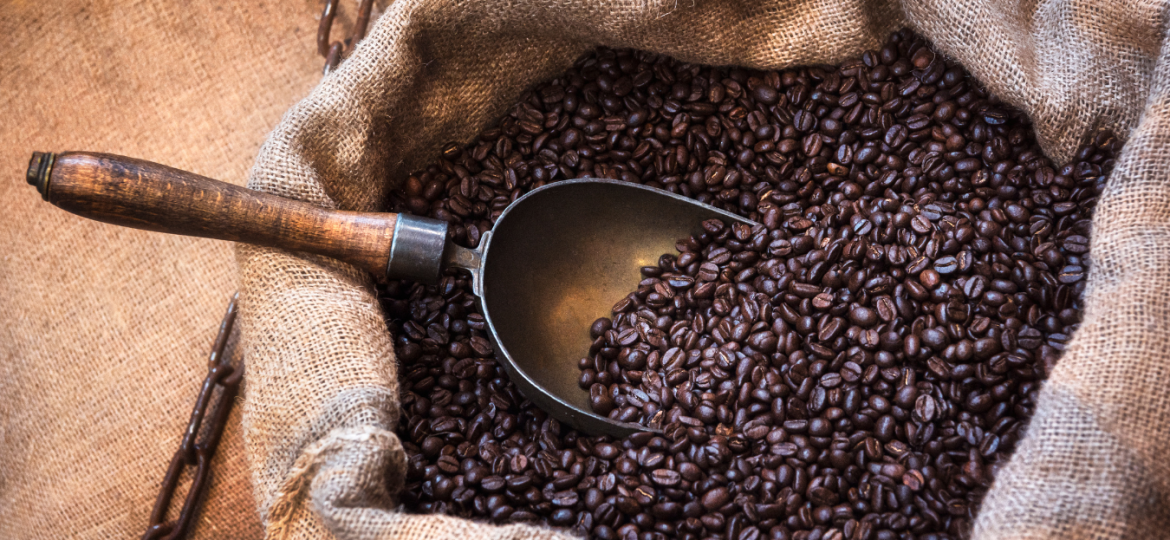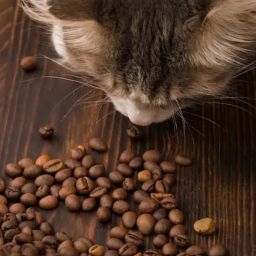
Coffee roasting is an intricate process that transforms the physical and chemical properties of green coffee beans into roasted coffee products. The process begins with the green beans being heated in a roaster, where they undergo significant changes.
Initially, they lose moisture and turn yellow before developing a brown color and a pleasing aroma. Roasting is crucial for flavor development; it not only enhances the natural flavors of the coffee beans but also creates new flavor compounds through the Maillard reaction and caramelization.
Understanding Coffee Bean Burning
Burning coffee beans during roasting is the result of exceeding the optimal temperature range, leading to a degradation of flavor compounds and the development of an unpleasant, charred taste. The causes of burning can range from inadequate roasting equipment, lack of temperature control, to prolonged roasting times.
Burnt beans negatively impact the coffee’s taste and aroma, masking the delicate, inherent flavors with a dominant burnt character. Recognizing and preventing burning is essential for preserving the beans’ quality and ensuring a satisfying coffee experience.
The Science of Coffee Roasting
Stages of Coffee Roasting
The coffee roasting process can be divided into three main stages: drying, browning, and development. During the drying stage, beans lose moisture and begin to turn yellow. The browning stage involves the Maillard reaction, where sugars and amino acids react to form complex flavors and brown pigments.
The final stage, development, determines the roast level and flavor profile of the coffee. Identifying when beans enter each stage, particularly by observing color changes and listening for the “first crack,” helps prevent burning and ensures the desired roast level is achieved.
Roasting Equipment and Techniques
Choosing the right roasting equipment is crucial for achieving consistent and high-quality results. Home roasters range from simple pan roasting on a stovetop to sophisticated drum roasters that offer precise temperature and airflow control. Professional roasters often employ advanced technologies that allow for fine-tuning of roast profiles.
Regardless of the equipment used, key techniques for avoiding bean burning include closely monitoring bean color, temperature, and roast time, as well as listening for the characteristic cracking sounds that indicate different stages of the roast.
Brewing Perfect Coffee Without Burning
Brewing the perfect cup of coffee is an art that requires attention to detail, particularly when it comes to water temperature and brew time. The ideal brewing temperature is between 195°F (91°C) and 205°F (96°C). Temperatures above this range can lead to over-extraction, imparting a burnt flavor to the coffee.
Similarly, brew time is crucial for extracting the coffee’s full flavor without overdoing it. For example, espresso shots should take about 20-30 seconds, while a French press might require around four minutes of brew time. Adjusting these parameters according to the brewing method can prevent the coffee from burning and ensure a balanced flavor profile.
Grind size plays a pivotal role in coffee brewing, significantly affecting the extraction process. A fine grind is suitable for quick methods like espresso, allowing for rapid flavor extraction. In contrast, a coarse grind is better for slower methods like French press or cold brew, preventing over-extraction and a burnt taste. Investing in a quality burr grinder can help achieve consistent grind sizes, crucial for brewing perfect coffee every time.
The Real-World Implications of Burnt Beans
The practice of burning coffee beans has far-reaching implications, affecting not only taste preferences but also global coffee chains and historical events. Coffee chains have been known to favor darker roasts to mask the flavors of lower quality beans. This trend has shaped consumer preferences, with many people now associating the taste of coffee with the bitter and burnt flavors of dark roasts.
Historically, Brazil’s response to the economic crash during the Great Depression included burning billions of pounds of coffee in an effort to stabilize prices. This drastic measure was taken to reduce the coffee surplus and improve the economic situation by artificially raising coffee prices. The event is a poignant reminder of coffee’s significant impact on global economies and the lengths to which countries will go to protect their interests in the coffee market.
Both brewing techniques and historical practices underscore the importance of understanding and respecting the delicate nature of coffee beans to appreciate their true flavor and value fully.
FAQs
Can You Burn Coffee While Brewing?
Yes, coffee can burn during the brewing process if the water temperature exceeds the ideal range of 195°F to 205°F (91°C to 96°C). Using water that’s too hot can over-extract the coffee, leading to a burnt and bitter flavor. This over-extraction occurs because the excessive heat breaks down the coffee compounds too quickly, releasing undesirable flavors.
How to Tell if Your Coffee is Burnt?
Burnt coffee is identifiable by its bitter taste, acrid smell, and often a darker-than-usual appearance. Another indicator can be a thin texture or an oily film on the surface, signifying that the beans were roasted at too high a temperature. To avoid burning your coffee, pay close attention to roasting and brewing temperatures, and adjust grind sizes according to your brewing method.
Does Burnt Coffee Pose Health Risks?
While consuming burnt coffee occasionally is unlikely to cause serious health issues, regular consumption of burnt coffee can introduce harmful compounds that may increase the risk of certain cancers. Burnt coffee can also aggravate the digestive system, leading to discomfort. However, the risk is significantly lower compared to other burnt foods due to the lower quantities consumed.
Final Thoughts
This article has explored the intricacies of coffee roasting and brewing, emphasizing the importance of temperature control and timing to avoid burning the beans. Burnt coffee beans not only compromise the flavor and aroma of the coffee but can also impact health if consumed regularly.
By understanding the signs of burnt coffee and adopting proper roasting and brewing techniques, coffee enthusiasts can ensure they enjoy the rich, complex flavors coffee has to offer without the burnt taste. Remember, the key to a perfect cup of coffee lies in the balance between art and science—meticulous attention to detail can prevent the burning of beans and guarantee a delightful coffee experience.









